London Marathon – The High level of Course Accuracy
Sometimes life circumstances throw the most amazing opportunities at you.
I was standing at the footsteps of Dukes column at about 9:15 pm on the night of Monday preceding the London Marathon Sunday. It was cold and had five layers on me. Behind me was St James’s Park and the finish stretch of the London Marathon. I was waiting for the legendary Hugh Jones (the race director of all Procam events) to show up and for me to observe first hand the amazing level of accuracy of the course measurement standards for the marathon.
Very soon he arrived on his cycle and immediately after that a car pulled up and a team of three alighted. One of them was Dave who had come all the way from Australia to act as a second measurer. This was over and above Hugh Jones who is an acknowledged expert on measuring race distances. The other two in the car were Lisa and Tony from the London Marathon operations team who were there to help oversee the exercise.
The London Marathon is a very old race and the route remains the same, There is thus actually no need to measure the course every year. But in 2016 there were two changes that arose. One was that road work was going on in certain parts of the route and secondly the road alignment had been changed in certain parts to accommodate cycling tracks. Nothing major let me assure you.
Also the route itself has got many zones for which measurements are already well documented. And thus one could have restricted the re-measurement to only the zones affected. But the accuracy demanded that the entire route be taken into account. Not just the changed bits.
The measurement was done by both Dave and Hugh so that even the thin margins of difference between the two could be eliminated. The first act was to calibrate Jones counter on a 300 meter stretch with Hugh has identified by putting nails into the ground in Central London. He uses this stretch and so do all others to calibrate the Jones counter which is mounted on the cycle. Both Dave and Hugh checked the counters by riding their respective cycles four times over the pre-measured distance. Both of them were carrying torches, notebooks and pen and kept taking exhaustive notes through the exercise.
Having done the initial caliberation, both headed out on the actual route. The stretches in which there were re-alignments were measured many times over. Myself, Lisa and Tony followed them in the car with an authorised yellow beacon.
After the entire course was measured, it was agreed by both of them that the route was deviating by about 4 meters this years. Several options were discussed with the operations team.
We wound up at about 12 am and wished each other well and parted our ways.
I am extremely happy to have had a first-hand exposure to the intensity that goes behind in measuring the accuracy of the London Marathon.
And to think of it there will always be the odd runner who looks at his Garmin and declares to the world on social media that the route was not correctly measured.
Read my earlier post on why GPS measurements can never be accurate
http://youtoocanrun.com/2013/02/garmin-accuracy-test/
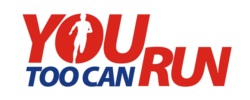
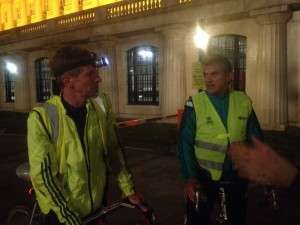
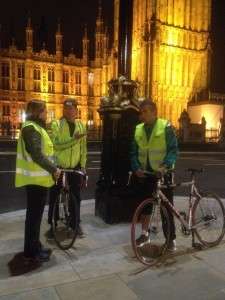
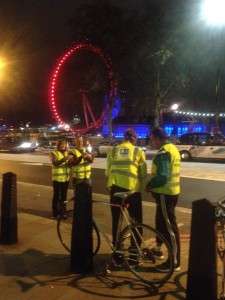
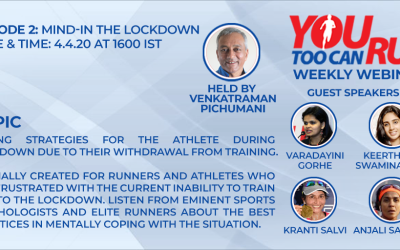

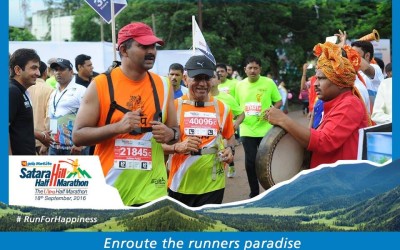
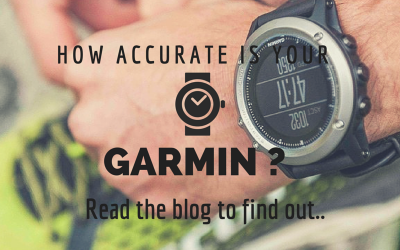
Leave a Reply